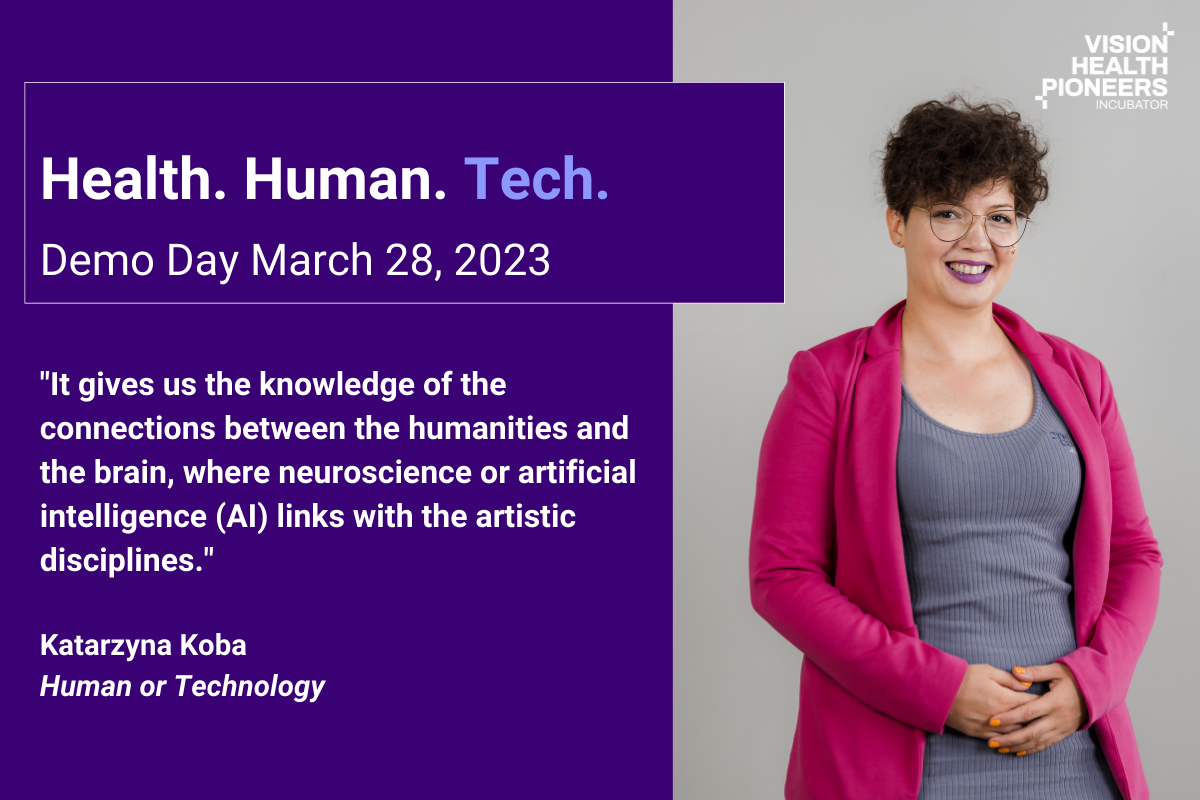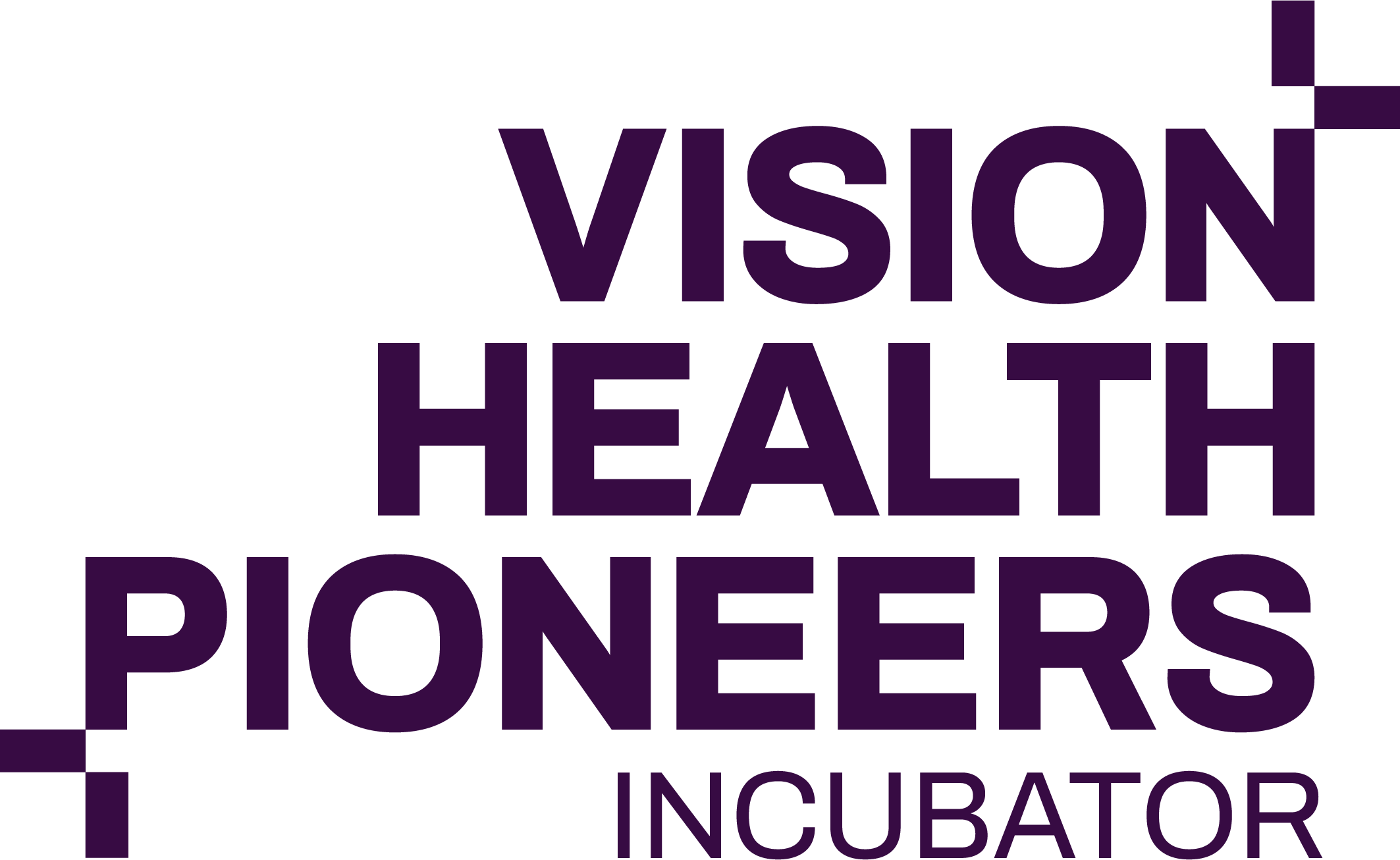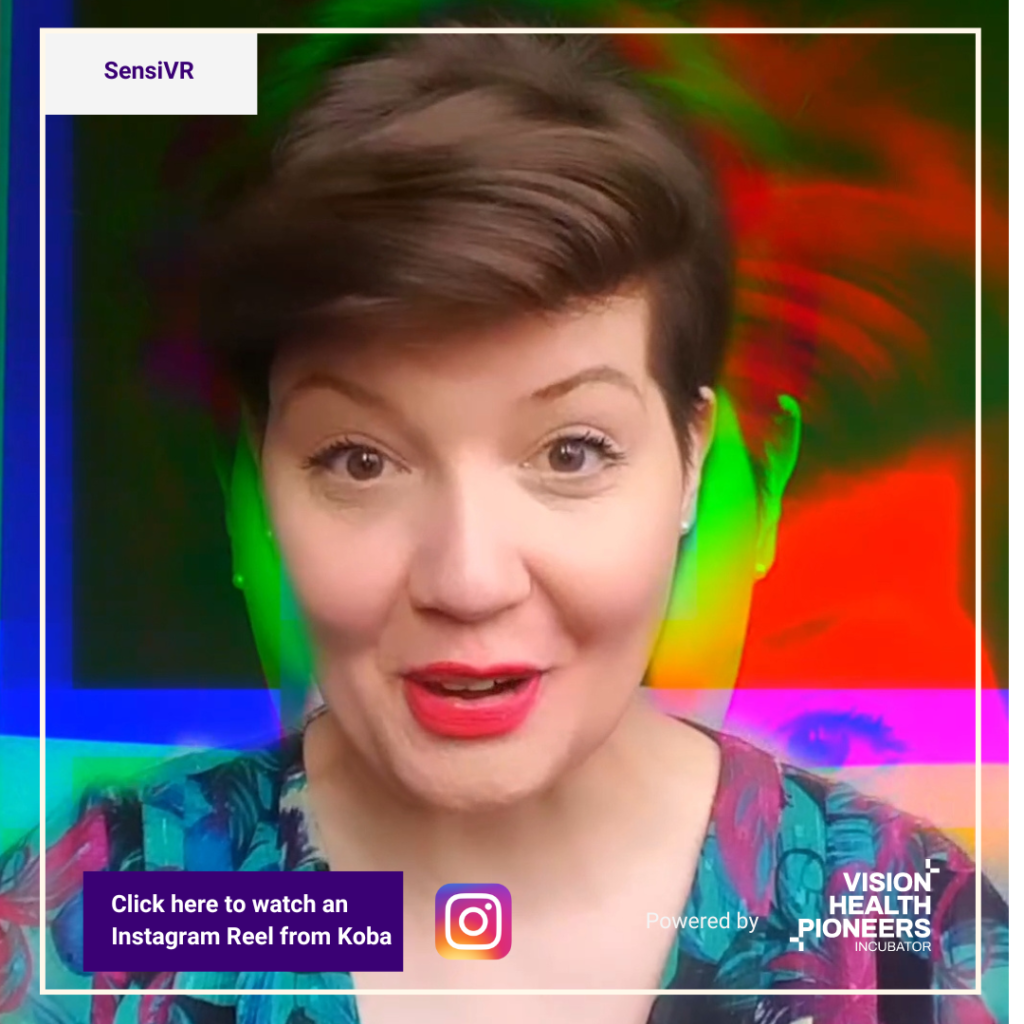
15 Mar Human or Technology – SensiVR
Next in our mini-series, ‘Human or Technology’ is SensiVR Founder Katarzyna Koba. We have been asking our startups to share what humans or technology has inspired them and their early-stage companies. With our Demo Day 2023 entitled ‘Health. Human. Tech’, it is centred around the role the teams play at the intersection of humans and technology. It has been fascinating to see the insights shared.
The founder and CEO of SensiVR – Katarzyna Koba, who is the digital artist, was inspired to create SensiVR by neuro-artists who already conducted research into their own emotional reactions to multisensory environments. They collect their biometric data while experimenting with an over-stimulated sensory environment around them, such as strobe lights or ultrasound to prove that specific areas of the human brain are activated by technological impact. The results of these activities are very promising for the human, healthcare and technology industry.
Therefore, we can ask whether this is more Human or Tech?
Koba claims that NeuroArt opens up new possibilities for the audiences to optimize the study of sensory distribution. She also explains that the neuro-artworks have discovered a embodiment theory in a new digitally-created world, where mental processes are experienced in a biological dimension. Neuro-artists such as Charlotte Davies with Osmose, Morton Heiling with Sensorama, Eric Parren with Synesthesia Glasses, Adrian David Cheok with Electric Smell Machine, Odd Division with CONDUCTAR: MOOGFEST, Amy Karle with Biofeedback, Neil Harbisson – Cyborg Artist, Luciana Haill with “I am that I am”, Stelarc with Ear on Arm, Atau Tanaka with Myogram, Choy Ka Fai with Prospectus For A Future Body, Marco Donnarumma with Corpus Nil or Oron Catts with SymbioticA use the multisensory environments, perception sensors, interactive installations or virtual performances to allows us for analysis, observation and inferences of the empirical sensory experiences. It is important to know that embodied imagination, which neuro-artists use in their practice is very promising form of therapeutic and creative development for SensiVR.
“NeuroArt as a new field of culture gives us a new artistic and research perspective, dealing with an undiscovered or rather undiscussed area of art which few sources provide with the information about the ‘Human and Tech’ collaboration. It also gives us the knowledge of the connections between the humanities and the brain, where neuro-science or artificial intelligence (AI) links with the artistic disciplines.
Increasingly, artists’ activities are moving towards an insightful biometric data analysis and observation over-stimulated digital reality, focusing on artistic methods by mediators between nature, at the center of which they place human biology, and culture supported by technological extensions of reality.
Koba explores a sense of presence in a digitally created world, drawing on the collaboration of psychologists, biotechnologists and cognitive scientists. That’s how the idea of SensiVR started in her mind. She found a connection between these three fields and created a new specialized digital healthcare market based on bio-interfaces and virtual reality technology. This allowed her to define an important aspect for therapists to build a digital environment for emotion regulation, which is used for children with sensory processing disorders.
SensiVR is a healthcare solution in the new, digital and virtual world that improves cognitive, motor and behavioral skills for kids. It’s time-efficient training that remotely engages all the senses and helps overcome learning difficulties caused by dyspraxia – also described as a developmental coordination disorder (DCD). The most well-known way that occupational therapists currently treat neuro-diversity disorders is through sensory rooms. However, these are expensive, time-consuming and not personalized to the needs of the child. SensiVR is therefore instead a sensory VR room.
Watch SensiVR present at the upcoming virtual Demo Day 2023! Join us:
🗓️ Tuesday, March 28, 2023
⏰16:00 CEST
💻Virtual




